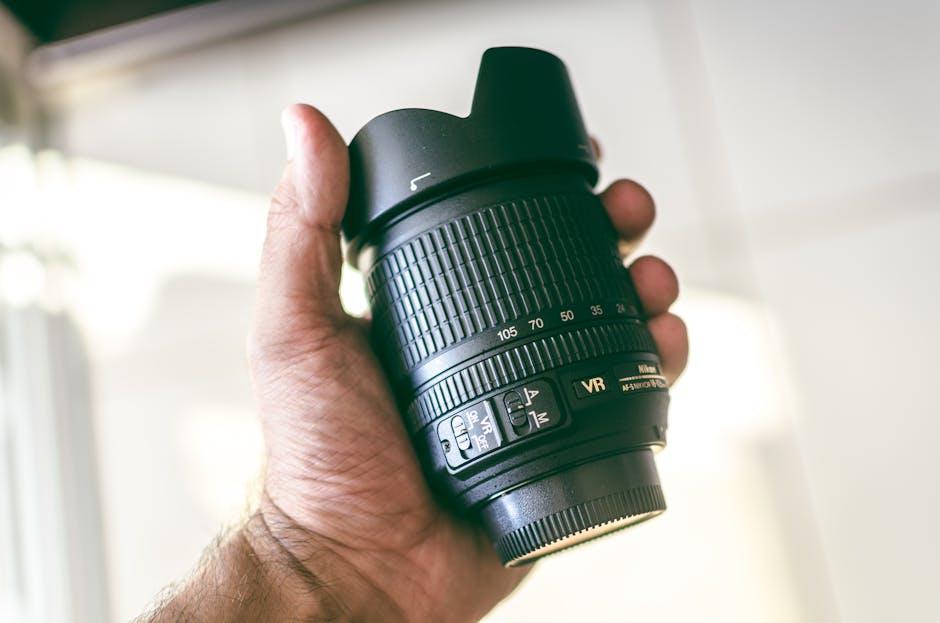In the ever-evolving landscape of filmmaking, the interplay between digital and practical effects has become a cornerstone in crafting realistic environments that captivate audiences worldwide. As technology advances, filmmakers are increasingly faced with the challenge of blending these two realms to create immersive worlds that are both believable and visually stunning. This article delves into the intricate balance and collaboration between digital and practical effects, examining how their integration not only enhances storytelling but also pushes the boundaries of cinematic realism. By analyzing key case studies and industry insights, we will explore how these techniques complement each other, offering filmmakers a versatile toolkit to bring their visionary landscapes to life with unparalleled authenticity.
Balancing Artistry and Technology: A Deep Dive into Digital and Practical Effects
In the cinematic realm, the fusion of digital and practical effects is a masterstroke that crafts immersive environments, transcending the ordinary to deliver a truly captivating visual experience. The seamless integration of these elements is no accident but a meticulously orchestrated symphony of artistry and technology. Digital effects offer the freedom to conjure entire worlds, from sprawling alien landscapes to fantastical realms, unrestricted by the limitations of physical space. These virtual constructs, when combined with practical effects, which ground the scene in tangible reality, create a visual narrative that resonates with authenticity.
- Practical effects: These include models, puppetry, and on-set special effects, providing actors with tangible elements to interact with, enhancing performances and audience engagement.
- Digital effects: Ranging from CGI to digital compositing, these allow for the expansion of visual storytelling, offering limitless possibilities that are often impossible to achieve practically.
The balance between these two techniques is crucial. Over-reliance on one can lead to either a sterile digital landscape or a constrained physical setup. By combining the tactile nature of practical effects with the expansive potential of digital technology, filmmakers achieve a harmonious blend that not only looks realistic but also feels emotionally authentic.
Harnessing Digital Innovation: Techniques for Crafting Immersive Film Worlds
In the dynamic realm of filmmaking, digital innovation and practical effects are not opposing forces but complementary tools that together craft immersive and believable film worlds. Digital effects offer filmmakers the freedom to transcend physical limitations, creating expansive landscapes and fantastical elements that would be impossible to achieve otherwise. By employing techniques such as CGI and motion capture, directors can bring to life environments that captivate audiences and enhance storytelling.
Conversely, practical effects ground these digital wonders in reality, providing tangible elements that actors and audiences can interact with. The tactile quality of practical effects, such as miniatures and animatronics, imbues scenes with a sense of authenticity. A harmonious blend of both techniques often leads to the most compelling results. Consider the following strategies for effective integration:
- Hybrid Sets: Combine physical set pieces with digital extensions to create seamless environments.
- Layered Sound Design: Use soundscapes to enhance the realism of both digital and practical elements.
- Lighting Consistency: Ensure consistent lighting between practical and digital components for a cohesive look.
By leveraging the strengths of both digital and practical effects, filmmakers can craft worlds that are not only visually stunning but also deeply engaging, leaving a lasting impression on their audience.

Mastering Practical Effects: Timeless Methods for Realism in Cinematic Environments
Practical effects have long held a revered place in the realm of cinema, offering a tangible depth that can be challenging to replicate digitally. From meticulously crafted miniatures to intricate animatronics, these techniques provide a physical authenticity that enhances audience immersion. The use of practical effects often involves a collaboration of skilled artisans, including sculptors, painters, and engineers, who bring an organic quality to film environments.
While digital effects have expanded the horizons of what’s visually possible, practical methods remain invaluable for their ability to anchor a scene in reality. Consider the following timeless techniques:
- Miniature Sets: These allow filmmakers to create expansive worlds on a smaller scale, capturing detail that is both believable and breathtaking.
- Animatronics: Offering lifelike movement and texture, animatronics breathe life into creatures and characters in a way that often surpasses CGI.
- Practical Lighting: Masterful use of lighting can enhance the texture and depth of physical models, making them indistinguishable from real environments.
Integrating these techniques with digital advancements allows filmmakers to achieve a harmonious balance, where the tactile and the virtual coexist, creating environments that captivate and convince.

Strategic Integration: Recommendations for Combining Digital and Practical Effects
To achieve a seamless blend of digital and practical effects in film, it is crucial to leverage their strengths strategically. Practical effects offer tangible realism and can enhance the physical interaction of actors with their environment. They excel in creating authentic textures and natural lighting, which are challenging to replicate digitally. On the other hand, digital effects provide unparalleled flexibility, allowing filmmakers to craft complex scenes that would be impractical or impossible with practical methods alone.
- Pre-Production Planning: Collaborate with both effects teams early to determine the most effective combination for each scene.
- Budget Allocation: Distribute resources wisely, investing in practical effects for scenes requiring genuine interaction and digital effects for expansive or fantastical sequences.
- Testing and Iteration: Conduct tests to ensure seamless integration, allowing for adjustments in lighting, texture, and scale.
- Real-Time Feedback: Use real-time rendering tools to visualize the combination of effects during shooting, facilitating immediate refinements.
By harnessing the unique capabilities of both approaches, filmmakers can create environments that captivate audiences with their authenticity and imaginative scope.

